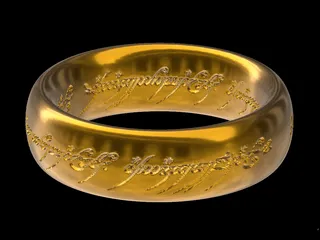67P/Churyumov-Gerasimenko scaled one in eighty thousand
Description
PDFOriginally published here: 67P/Churyumov-Gerasimenko scaled one in eighty thousand by tato_713 - Thingiverse
These models were rendered using MATLAB R2016a the model of the Rosetta spacecraft from the PDS site. This comet is too complex to do in the way I have done most of my models. Instead, I have used a .obj model available in the package from the source, that simplify, scaled and divided using Windows 3D Builder, to have a simpler printable model.
The file's names explained: name_1_x_10_y.stl is 1 : x* 10^y. So _1_6_10_7 is 1:600000000 or one in 60 million.
67P/Churyumov-Gerasimenko
Churyumov-Gerasimenko is clearly a contact binary comet, a body made from two objects that collide at very low speed, so both parts keep their original shape. When the Rosetta probe approached the comet, it started a serie of maneuvers to orbit it. I was the first probe to orbit a comet. When Churyumov-Gerasimenko reached its perihelion, the spacecraft took and analysed particles from the comet's coma. I found that, like other coma studied, it has a higher deuterium-normal hydrogen ratio in the water vapor than that of the Earth's oceans. It also found the presence of molecular O2, which means that it must be present during its formation. The Rosetta probe also through the first soft lander to a comet nucleus, the Philae. This lander took direct samples of the comet surface and analysed the structure of the comet revealing an increasing porosity with the deep. This shows that the comet nucleus may be a rubble pile.
- Type: Comet.
- Orbit: Sun.
- Orbital period: 6.44 yr.
- Composition: Icy body. Rubble pile. Contact binary.
- Density: 0.533 g/cm3.
- Dimensions: 5 km × 3 km × 3 km
- Model scale: 1:2x104 (24 cm) 1:4x104 (12 cm) 1:8x104 (6cm)
References
Other astronomical objects
Tags
Model origin
The author marked this model as their own original creation. Imported from Thingiverse.




